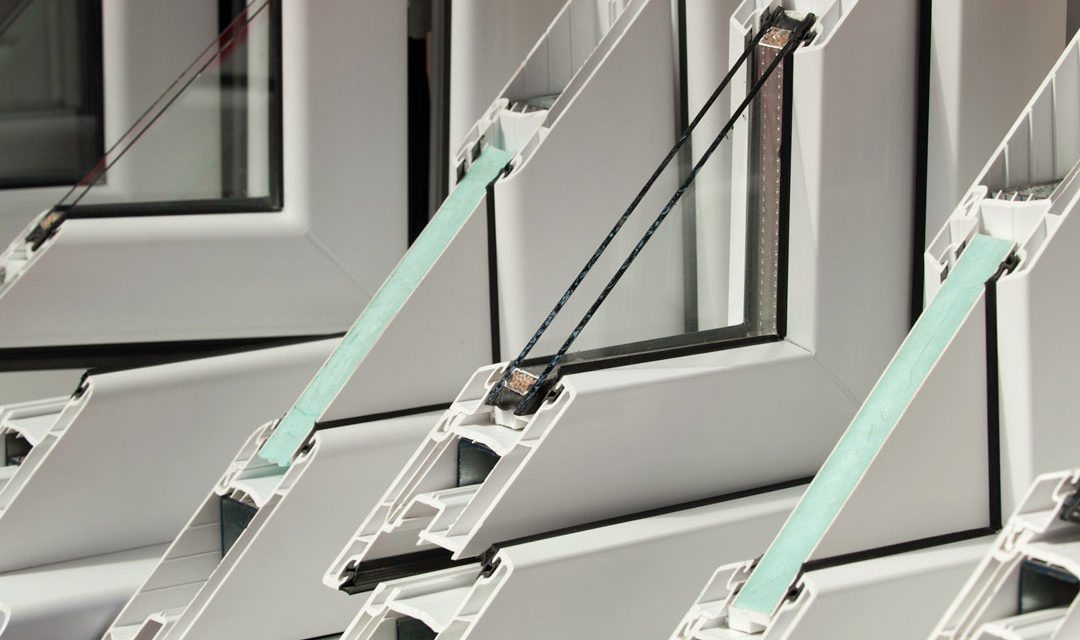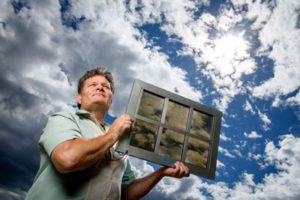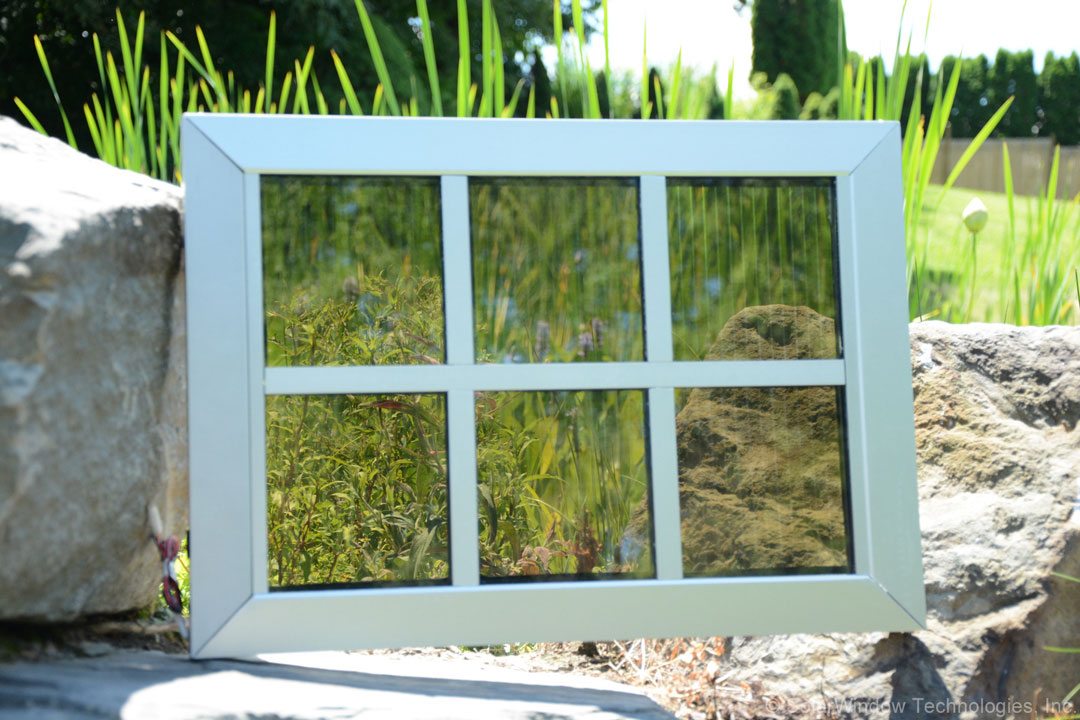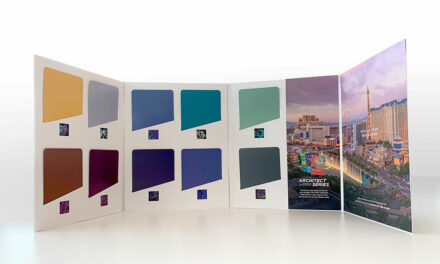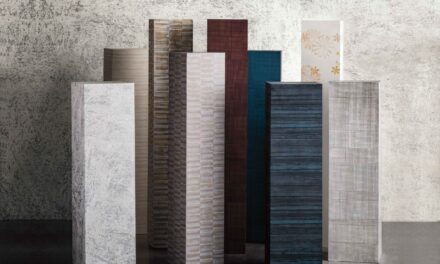SolarWindow Technologies, Inc. (OTCQB: WNDW), the developer of electricity-generating coatings for commercial glass and flexible plastics, announced that its SolarWindow™ coatings successfully performed under test conditions designed to simulate the high pressure and temperatures of the ‘autoclave’ manufacturing processes used by commercial glass and window producers.
“Today’s announcement marks a major milestone for the production of commercial electricity-generating windows, our early target market,” said John A. Conklin, President and CEO of SolarWindow Technologies. “It’s important for our customers, such as window manufacturers, to have confidence that our SolarWindow™ products perform under such rigorous autoclave conditions.”
Autoclave-manufacturing is a common method of production for flat, curved, tempered and solar glass, among others. To fabricate commonly used double and triple pane laminate windows, window manufactures utilize an ‘autoclave’ process to bond layers of glass with metal spacers using high heat and pressure. The laminate panel is then utilized to build insulated glass windows. This process reduces manufacturing costs and maximizes high throughput yield.
By applying SolarWindow™ coatings to glass windows, engineers envision turning entire buildings into vertical power generators. These electricity-generating windows could reduce electricity costs by up to 50% per year on a 50 story building, according to independently validated modeling.
About SolarWindow Technologies, Inc.
SolarWindow Technologies, Inc. creates transparent electricity-generating liquid coatings. When applied to glass or plastics, these coatings convert passive windows and other materials into electricity generators under natural, artificial, low, shaded, and even reflected light conditions.
Our liquid coating technology has been presented to members of the U.S. Congress and has received recognition in numerous industry publications. Our SolarWindow™ technology has been independently validated to generate 50-times the power of a conventional rooftop solar system and achieves a one-year payback when modeled on a 50-story building.

